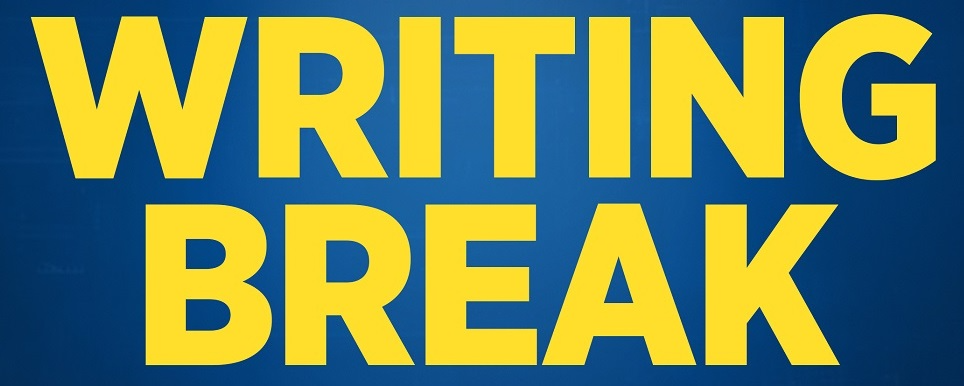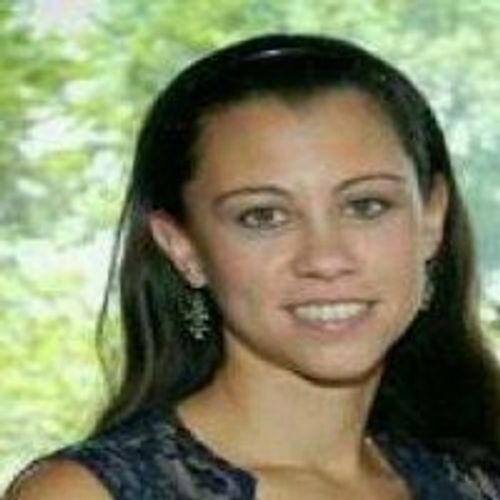Episode 31
12 Plot Frames That Can Support Your Novel
To wrap up our discussion of Act 1 of your book, I am answering listener questions, and you asked some good ones. Also, learn about paid internship opportunities at HarperCollins.
- Wrzenie Świata, Warsaw, Poland - Featured Bookstore
- 12 Plot Frames
- HarperCollins Internship US
- The Traineeship 2023 - HarperCollins Publishers (UK)
- NCAC challenges Keller, Texas banned books
- ‘Heat 2’: Why Michael Mann’s Sequel to His Classic Crime-Movie Had to Be a Novel – Rolling Stone
- Free Style Sheet Templates
- Free Writing Tips
Music licensed from Storyblocks:
“More Jam Please” by Raighes Factory
"Party Song With Funky Bass" by Sondé
"Hello Memories" by Oleksii Abramovych
“Retro 80s Pop Rock” by Bobby Cole
Transcript
If you have plot bunnies coming out of your plot holes, it’s time for a writing break.
Welcome to another Writing Break. To wrap up our discussion of Act 1 of your book, I am answering listener questions, and you asked some good ones. Also, I hope you’re hungry. We are visiting a bookstore with a full cafe with something for everyone, including full breakfast options, sandwiches, salads, pastries, coffee, tea, and even wine. Can you tell I am hungry today? The bookstore slash cafe is a bit tucked away, but I am sure we can find it together.
Welcome to Wrzenie Świata in Warsaw, Poland. This unassuming shop with its white storefront is as much a cafe as it is a bookstore. Dark wood bookshelves line the perimeter of the store, even behind the cafe counter, and cafe tables are placed throughout the space; so much so that if you are book browsing, you might have to ask someone seated at a table to hand you a book. The introvert part of me would rather not, but the romantic part of me thinks this is a great way to make a new friend.
It is forecasted to be a lovely 13 to 25 degrees Celsius in Warsaw today, that’s 56 to 78 degrees Fahrenheit, so let’s place our order and then grab an outside table to discuss some publishing news.
Proving that you are never too old to write a book, 79-year-old Michael Mann, the American director, screenwriter, and producer of works such as Manhunter, The Last of the Mohicans, and Heat, has written Heat 2 as a novel. He co-wrote the book with Meg Gardiner, a novelist best known for her Evan Delaney series. Heat 2 has gotten mixed reviews from the critics, but it seems to be a crowd pleaser.
In a recent interview with Rolling Stone, Mann said, “I thought I wanted to be a writer at one point, before I discovered I wanted to make films. But really, what I do…it’s all writing. Whether I’m writing with a camera, or with the performances of actors, or words, or whatever—it’s all authoring. And a novel presented a big canvas for me to do this.”
A note to English majors, Mann was an English literature major in college, so the next time someone asks, “What do you do with a BA in English?” you can hit them with Mann’s film success.
Mann said there are plans to make Heat 2 into a movie, but he can’t talk about them just yet.
It has been a few episodes since we checked in on book banning in the USA. Fortunately, the National Coalition Against Censorship is on it. They are demanding the return of more than 40 banned books to the Keller Independent School District in Keller, Texas. Books recently banned from this district of 35,000 students include Anne Frank’s Diary, The Bluest Eye, and The Holy Bible.
ly accepting applications for:I have also included a link to information about the US-based HarperCollins internship program, which is open to all undergraduate students, regardless of race or ethnicity.
Both of these programs provide a salary for the duration of your internship.
Now, let’s go inside for a refill where we can people-watch from the window bench and overthink your writing questions.
The first question is a two-part question, and it comes from Andrei in Romania. He wants to know why I always say “three-act structure” or “three-act story” or “three-act novel”. And he also wants to know how many acts can be in a book?
Good questions, and they go hand-in-hand. I always say three-act structure for three reasons:
1. The Writing Break audience keeps growing, so I say that for anyone tuning in for the first time.
2. There can be more than three acts in a story and less than three acts in a story. Three acts is the most common structure for novels, but it is not uncommon to have a different amount of acts in a story.
3. I say it to stress that there are other structures out there. If you find that the three-act structure does not work for the story you want to tell, then by all means use another structure. Most of the Writing Break tips can be useful no matter how long or short your story, even if I do say so myself.
As for how many acts can be in a book, I guess that would depend on your story. I’ve worked on stories with one act and stories with eight acts. Sometimes acts are spread out across a series of books, which can result in the dreaded cliffhanger. It also depends a lot on your genre and audience. For example, I do not recommend an eight-act structure if you are writing a book for children ages 5 to 7.
The second question is from Julia in Warsaw. She asks, Are you going to talk about plot frames?
Well, I guess I am now.
A plot frame is part of your story’s structure, and knowing your plot frame can provide guidelines and focus to your manuscript. If you followed the steps to creating your story’s structure, which we worked on a few weeks back, you probably already know your plot frame.
If you are not sure, I am going to share twelve plot frames that most stories fall under.
Quest
Riddle
Threat
Trap
Revenge or Justice
Rivalry
Temptation
Discovery
Underdog
Love
Pursuit
Rescue
I got that list from Dan Hoffman, a former development executive and script analyst for major Hollywood studios. Even though that list came from someone in the film business, I think it applies to print media as well.
Sometimes you can start by identifying the plot frame and then working on the rest of your story’s structure. For example, you might first decide you want to write a revenge story and go from there.
Knowing your plot frame makes it easier to identify your protagonist's main goal.
To properly execute a plot frame, you have to include the conflicts that particular plot frame would naturally create in a story. For example, if you know you have a rivalry plot frame, you will remember to keep the rivalry going throughout the manuscript. It can keep you from wasting your time and energy, leaving you more time and energy for the next story.
Next week is a review session, so if you have not completed planning out Act 1 of your story, now is the time to do it. The week after that we will begin analyzing Act 2.
Thank you for listening, and remember, you deserved this break.
If you would like us to visit your favorite independent bookstore, feature your favorite independent author (even if it’s you), or discuss something you’re overthinking about, please email me at podcast@writingbreak.com.
Thank you for making space in your mind for The Muse today.
Writing Break is hosted by America’s Editor and produced by Allon Media with technical direction by Gus Aviles. Visit us at writingbreak.com or contact us at podcast@writingbreak.com.



